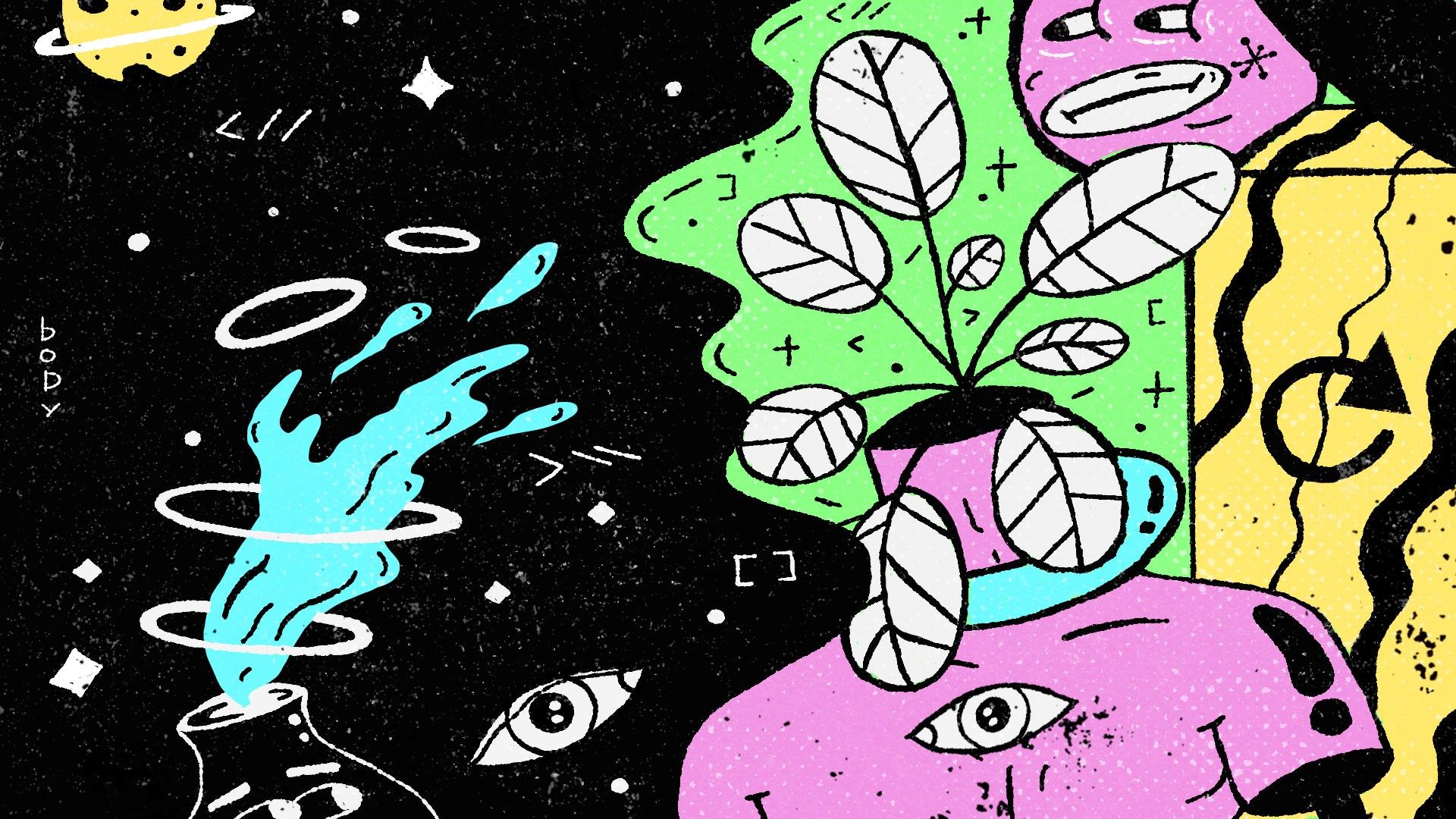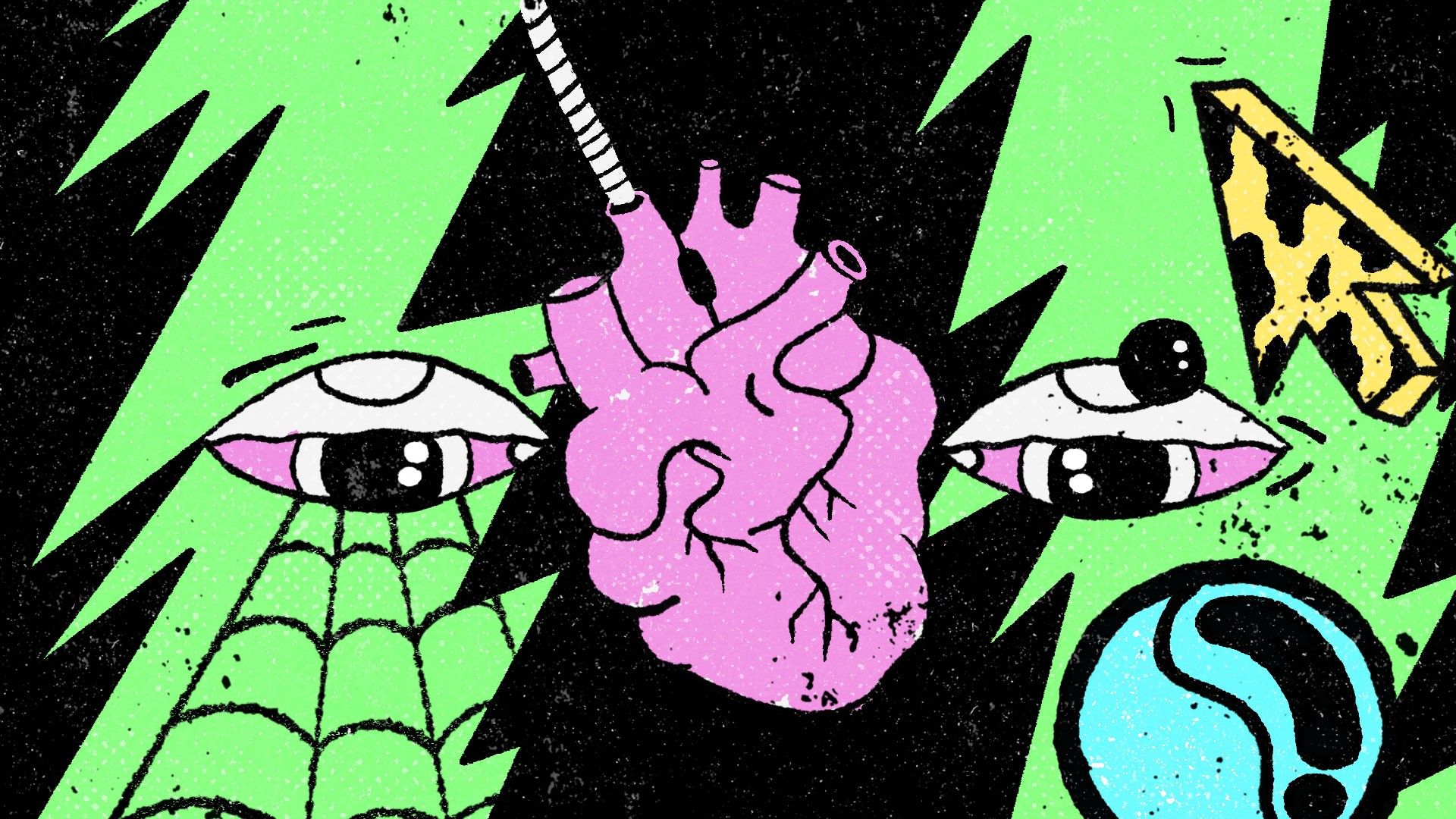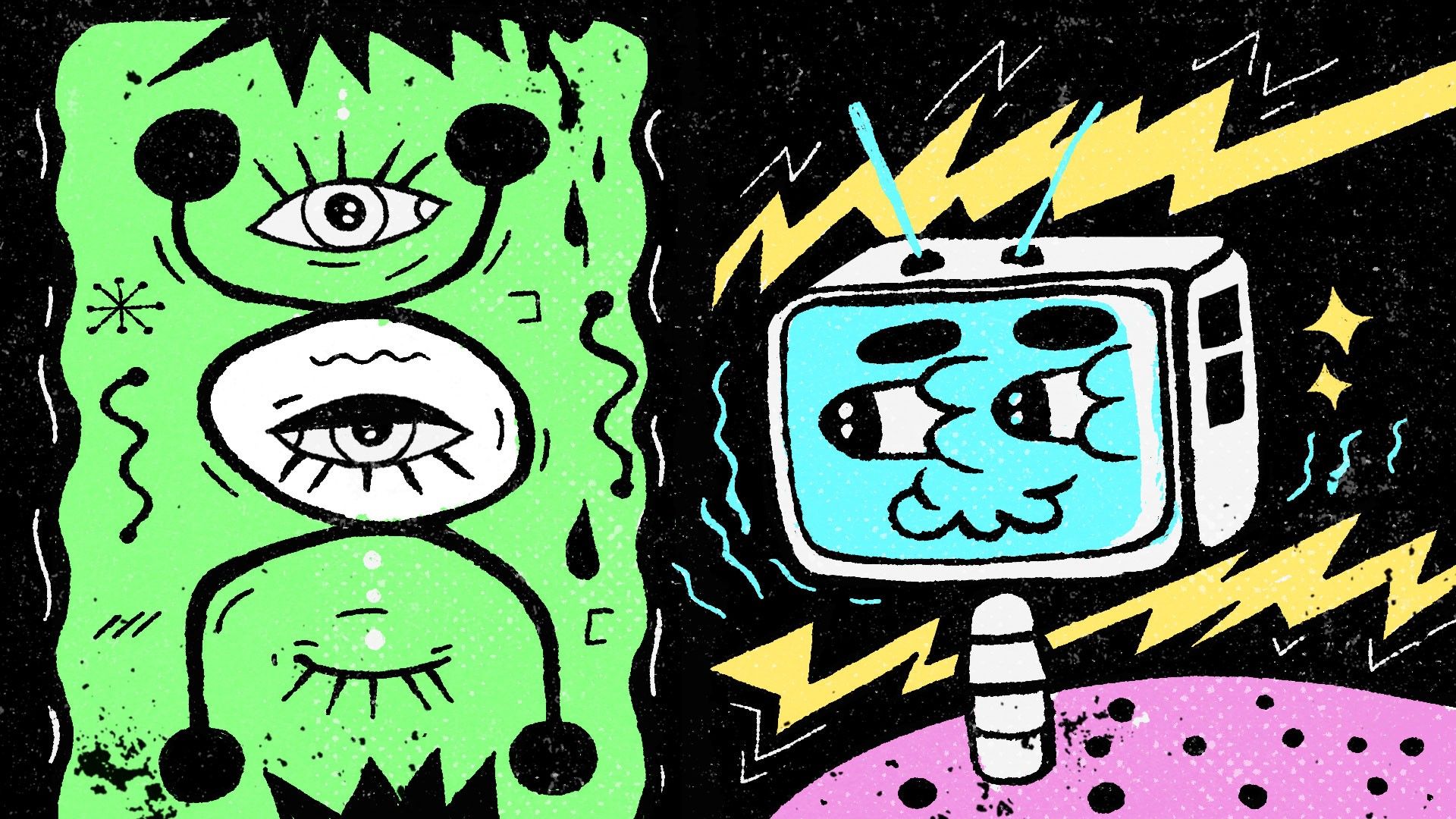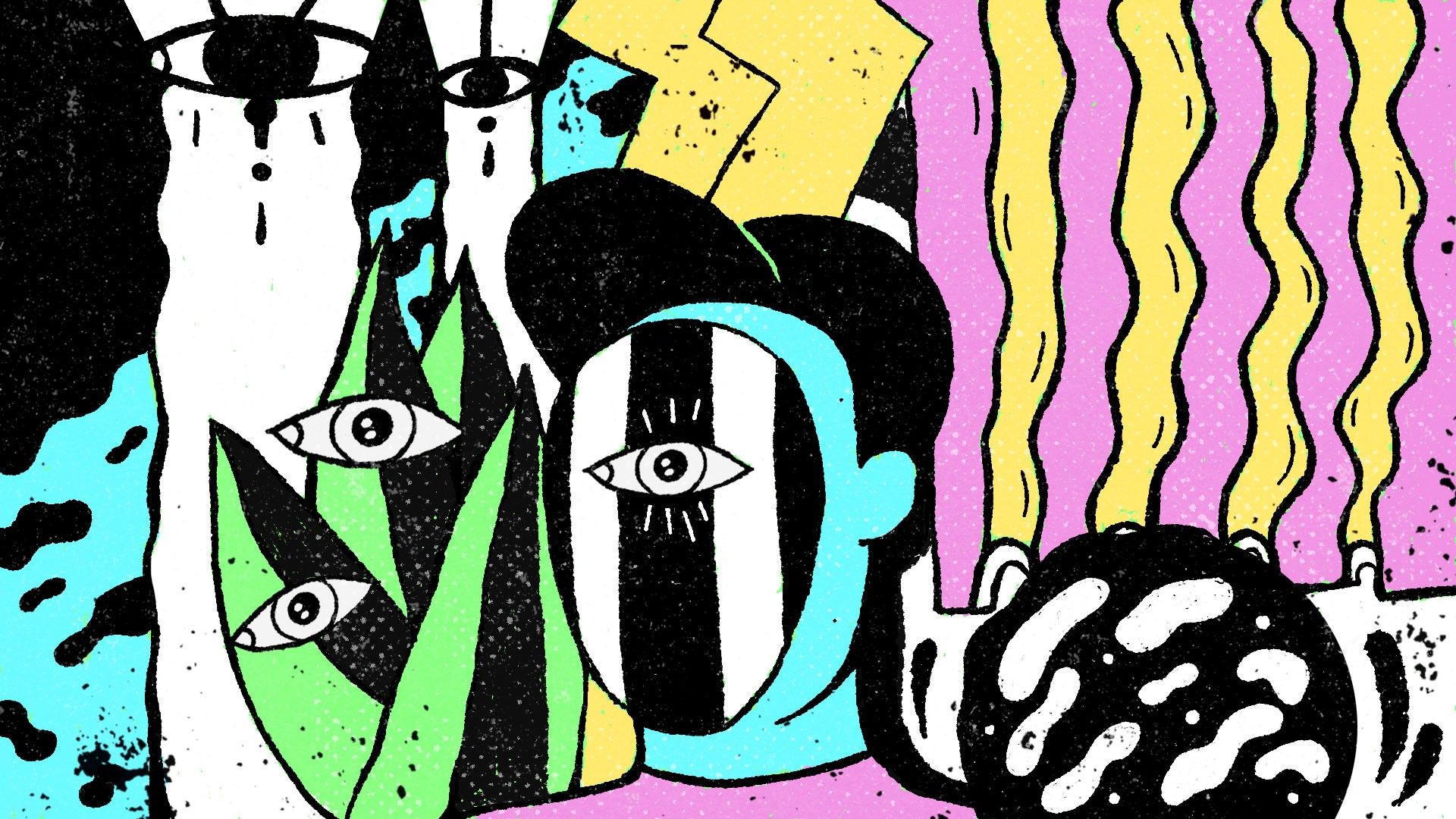Defining a design system
Blog postSystem is “the whole creation, the universe,” from Late Latin systema “an arrangement, system,” from Greek systema “organized whole, a whole compounded of parts”.
Design systems have been around for quite some time now. Organizations keep incorporating them in order to be relevant and quick into the dynamic and fierce digital world. Businesses keep growing and expanding into different mediums, devices and ways to communicate with their users and customers, so the systems are here to help bridge those gaps in the most efficient way possible.
In this post, I will try to give a definition of a design system and how the systematic approach is connected with us by nature.

1. Human by design
Design has always been a human act. Designers are here to help, create, plan, and execute ideas, which at the end should serve a purpose. Designers are so much more than before, so much more involved in every level of the business and the organization’s body.
We often talk about how an organization is like a living organism. Organizations in their core are just like us, they keep growing, changing, and improving for one main reason — to survive. Why do we make these analogies? Why are we looking for ways to compare the human body with the organization’s body? Let’s think about that a bit more by having a proper definition for the human body.
The human body is everything that makes up, well, you. Our bodies consist of a number of biological systems that carry out specific functions necessary for everyday living.
The human body consists of biological systems that we can call body systems. Here is a definition of what a body system is:
Body systems are groups of organs and tissues that work together to perform important jobs for the body.
This definition really stuck in my mind. As humans, we are a combination of different systems and we simply work like that. Think about it… Here are the 10 systems that combined together create the body system (we all know them by heart).
- Respiratory system is the one that takes the oxygen provided by the environment and converts/translates it into a form that our cells can use.
- Digestive system iis the one that takes food and process it to obtain useful nutrients.
- Cardiovascular/Circulatory system is the one that provides an efficient way of moving substances around the body. Fun fact: the body’s entire blood takes around a minute to circulate.
- Urinary system, keeps our body healthy, by removing some of the waste that we produce from the digestive system.
- Endocrine system, consists of a number of tissues that send out chemical messages — called ‘hormones’ — to the rest of the body.
- Nervous system, allows us to sense stimuli such as light, sound, smell, and touch from our environment.
- Exocrine system, covers the body and protects it from the outside world, we are talking skin, nails, hair, etc.
- Immune system, we are made from carbs, proteins and lipids, which means that there are other organisms that want to eat us. The immune system helps us fights those unwelcome guests.
- Reproductive system, the only system which is not crucial for the survival of the individual, but essential for the survival of the species.
We have 10 different systems in our body, each of these systems has its own small microsystem and way of operating, and by doing that the whole body communicates and operates. Think about how many connections and dependencies there are and how they work together, so you can even read this article. An organization ideally should work the same way in the context of the business and services of course.

Here is an interesting comparison between the brain of the human body and the brain of the organization’s body.
- The brain can be thought of as the control center that receives data, analyses it, and then commands the body to respond. In order to fire these signals, neurons must use huge amounts of energy. Then a response comes, you can assume a response as any physical or mental act that is done after the signal is sent back. Even scrolling down through the next paragraph of this article requires a command and response process.
- The company’s headquarters are the brain of the organization. In order to receive a signal for a problem, the organization must be connected to all the other parts of the whole. There should be time to review, analyze, and decide how to act. Then another layer of time is taken for the response to go back to the organs and systems of the organization's body which are dependent on that response.
So you see this is how we work, we are a chain of systems that work together. Everything in our body is connected and in constant communication. We can say that we try to incorporate everything into our lives with the systematic approach. Humans are designed by systems. The main reason why we approach design so much with systematic thinking nowadays is that organizations become more complex and bigger. It is hard to simplify the processes without the use of systems. This could be our native and organic way of finding a solution in order to communicate with everything. We by nature communicate that way.
Let’s try to think about design systems now, and how they fit in the context of the stated above. But first let’s try to give a definition of what a system is.
2. What is a system?
I am a fan of knowing what I use, every word has its own meaning and sometimes the meaning gets blurred in order to correspond to the situations we are in. But to give a definition of what a design system is, first we have to look through the core definition and then try to translate it in the context of design. Here are some definitions of what a system is, a system is:
- a set of connected things or devices that operate together Cambridge Dictionary
- a group of interacting or interrelated entities that form a unified whole Wikipedia
- a regularly interacting or interdependent group of items forming a unified whole Merriam Webster Dictionary
- an assemblage or combination of things or parts forming a complex or unitary whole Dictionary.com
- a cohesive conglomeration of interrelated and interdependent parts that can be natural or human-made Wikipedia System theory definition
So we can see every source has its own way of defining what a system is but in the end, there are a few keywords and one idea that sticks, right? Let me give you a hint here:
- connected things
- group of interacting or interrelated entities
- items forming a unified whole
- combination of things
- cohesive conglomeration
- connected things
Systems are all about connection, unification and communication in a comprehensive way.
3. Methods and processes
A system is there to connect, unify, and communicate processes. A design system then should be something to connect and unify the process of creation, delivery and handover of а products or services from a design perspective.
When you’re doing design systems work in your organization, you are actually building a community.
— Jina Anne
It’s fundamental to have your whole team on board to follow a systematic way of working. Being a single player in a team-based activity such as building a product, will never work. By default, the world has spread that the designer is the one that should be responsible for building a design system, but with time this would change and it is changing. We see more and more that companies are looking for a group of people, most of the time a full-blown team, a UX engineer backed up by a team of developers, content writers and business teams such as product owners, marketing teams, etc. working as a single unit in order to communicate and unify the design system experience in the organization.
Every person in that scenario has his own expertise, and that is the point of every team. The end goal is the team to be aligned and follow this methodology of working and translate them to other teams. Some will be involved in the way of preparing, some involved in the way of producing, and some involved in the way of presenting.

We see more and more that this unified approach of having one single source of truth is not very efficient and helpful though. The dream of consistency gets blurred because people still have different needs and fall into different groups. We are constantly talking about different mediums, scenarios, and devices, so this creates an inconsistency of using a consistent approach.
We feel the future is brought by those big services and products that are expanding in different ways and forms. The Spotify Encore solution feels like something that would create a pattern of where design is going. Similar to the statements above, you have one system connected to multiple microsystems that are responsible for their own part and organ.
Having one design system which actually works with other small micro-design systems would be the best solution to the many different cases we are trying to cover.
4. There is one design system in the end
Design systems are inclusive. Тhey involve every part of the product, the organization, the service, the business, the visual design, the code, the process. But then what about some questions that come right away like:
- Is the Sketch library file the design system?
- Is the storybook documentation the design system?
- Is the docz.site markdown documentation the design system?
- Should we include the brand guidelines and marketing statements in the system too?
Then by looking for the answer, more questions come up:
- Who are the people responsible for it?
- Is the front-end team the one that is responsible for keeping the documentation of the design system up to date?
- Are the designers the ones responsible for the component kit which is actually the design system?
- Where does a product owner or any other product member fit in the design system?
- Does the business and management have a word in that design system?
- Is that only related to components and visual assets, what about non quantitative items?
- Can we measure this? How?
It is easier to think in deliverables, in artifacts, in things, but there can be multiple truths of what a design system is, and it will always depend on the organization that you are in. The design system can be that UI kit, these weekly updates, the retro’s you do every sprint, a well-documented website with all components switching smoothly from visuals to code. It can be just the person communicating between the designers and developers in order to create an understanding between them. You should be open and flexible to identify where the need is and to focus to improve it.
In the end, it all comes to one thing — it is a process, a service, a way of working that serves to communicate between different team members in order to achieve a better, improved, and stable environment for moving forward. The same as the organization, the design system is a living organism. It can evolve and change in order to survive the never-ending dynamic of the world, but in the end, the core remains. You are just building an interactive or interdependent group of items forming a unified whole.

Design system definition
As humans, we are chains of systems that are constantly communicating with each other, and we try to humanize everything we do. We use systems as tools to communicate complex processes and connect them in a unified and comprehensive way. So by saying all this we should be able to give a definition for design system:
A design system is a collaborative method for the creation of cohesive and consistent solutions related to products and services. It is up to the team to define which artifacts and tools are needed to relate and solve this problem.
🏴☠️ Illustrations done by Pirate Jazzy